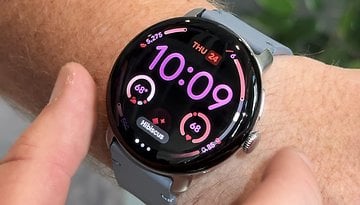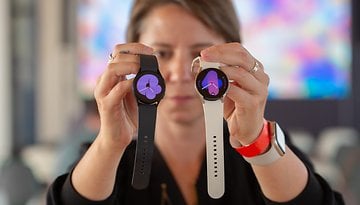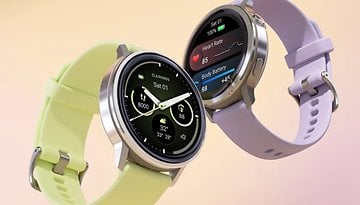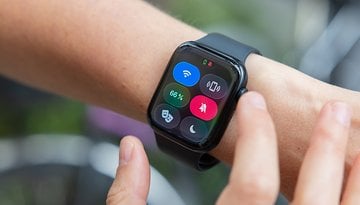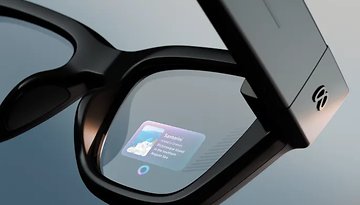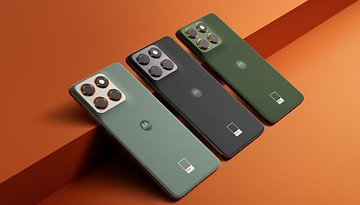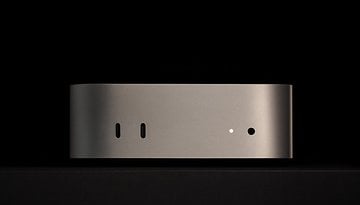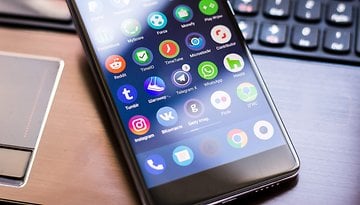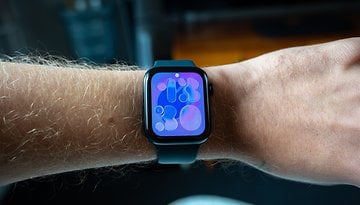Your Next Smartwatch Might Never Need Charging Again. Here’s Why
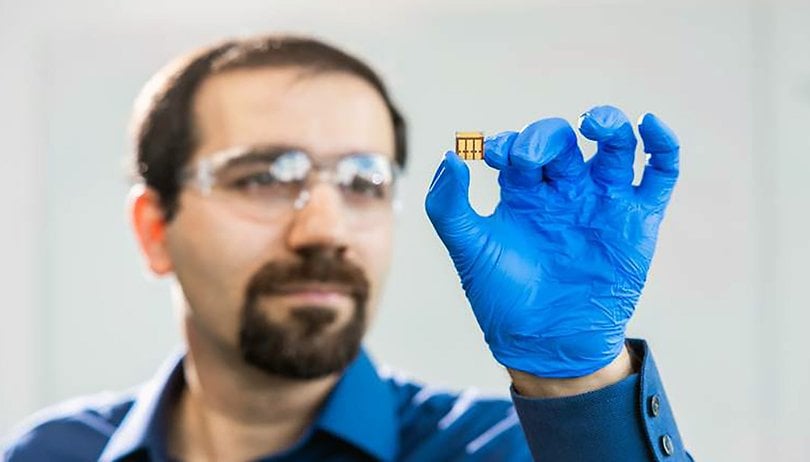

The dream of spending more time with a device without constantly worrying about charging is something I’ve been writing about for years. I recently praised a smartphone simply because it managed to deliver true “all-day battery life.” With smartwatches, the challenge is even greater. Their compact form factor limits battery size, and bright displays that remain readable in daylight drain power quickly. That’s why every time I come across a potential solution to the dreaded “low battery” warning on a smartwatch, I pay close attention.
One of the most recent solutions comes from researchers at University College London (UCL). They are developing miniature solar panels that could keep small gadgets powered using nothing more than the light around you. If everything goes as planned, this technology could reach the market in just three years.
How does it work?
Without getting too technical, here are some figures behind UCL’s new perovskite solar cells. Their efficiency is what stands out the most. They can convert about 37 percent of indoor light into electricity, compared to around 6 percent for most indoor solar panels currently available. This makes them the most efficient option of their kind so far.
The research team also focused on durability. In long-term tests under typical office lighting, the cells retained more than 90 percent of their performance after three months. When exposed to higher temperatures for several hundred hours, they still kept most of their efficiency, which suggests they can perform reliably in everyday conditions.
For practical use, this means small electronics such as remotes, keyboards, and wearables could run for much longer without active charging. The idea is not to replace batteries entirely but to keep them topped up using the light already present in most indoor environments.
Not sci-fi: We’ve seen it before
Solar charging in consumer tech is not exactly new, although its use has remained fairly limited. Garmin’s solar smartwatches, such as the Fenix 7 Pro Solar (review), use sunlight to extend battery life when outdoors. Casio’s G-Shock Solar models have relied on light power for years and often need little to no manual charging.
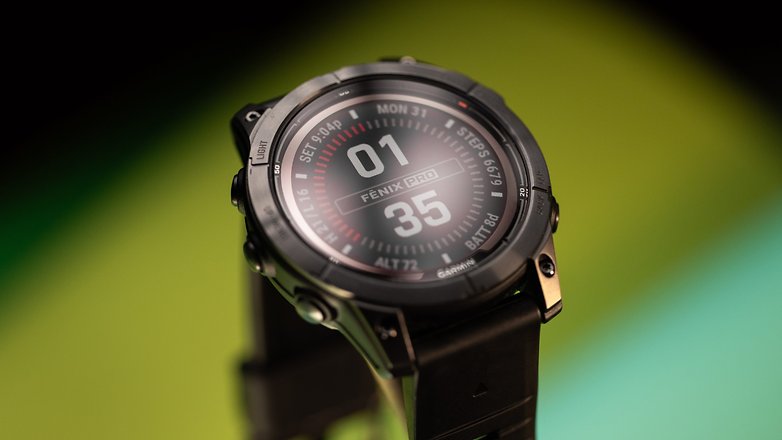
Samsung’s SolarCell TV remote and Hama’s Powerfoyle universal remote also avoid disposable batteries by charging themselves using both indoor and outdoor light. And in 2023, we wrote about Ambient Photonics’ battery-free wireless keyboard, which uses low-light indoor (LLI) technology to power itself from ambient lighting.
What makes UCL’s research stand out is the potential to bring this kind of solar power to much smaller and more power-hungry gadgets. Unlike current solar wearables that mostly benefit from outdoor use, these new cells are also highly efficient at converting indoor light. This opens the door for smartwatches, fitness trackers, and other connected devices to stay charged in everyday environments where battery life is still one of the biggest frustrations for users.
Exactly what we’ve been asking for all along
Beyond the environmental benefit, the real win for most users is convenience. Devices could quietly stay charged in the background without the need to plug them in. Imagine slipping on a smartwatch or a smart ring that simply powers itself from the light around you.
- Also interesting: 10 ways to extend the battery life of your Galaxy Watch
Pretty cool, right? The catch is that the technology is not ready for store shelves just yet. UCL expects it will take about three years before we start seeing products with these mini solar panels. The good news is that the prototypes are already working well, so the dream of a smartwatch that quietly keeps itself charged could become reality sooner than we think.
Would you wear a smartwatch that powers itself just from light, or do you still think wireless charging is good enough?
Source: UCL News
